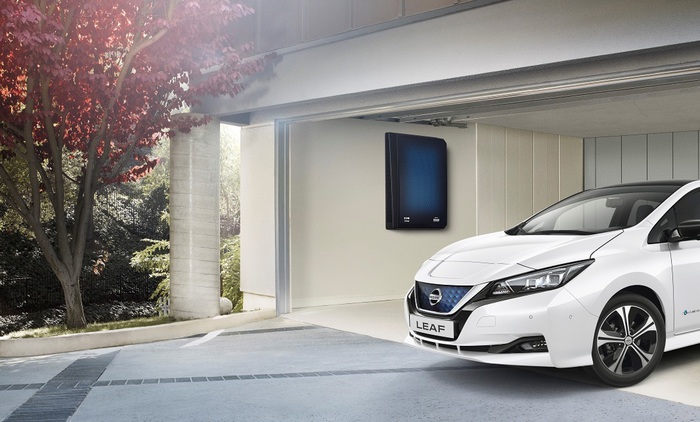Renewables do not produce energy 24 hours a day, but only when it is sunny and when there is wind.
And often, they do not produce when there is the greatest consumption at home, that is, early in the morning and in the evening.
With the result that, on average, a home uses only 30% of the clean energy produced by its solar cells or its turbine.
The solution is "storage systems" (energy storage).
In other words, batteries where to store energy in moments of maximum production, and from where to take it in moments of maximum consumption.
Storage systems are one of the emerging businesses in the green economy sector, indispensable for making the most of renewable sources.
It is no coincidence that Elon Musk, the king of electric cars, is investing heavily in this sector.
Its goal is to produce batteries to be used alongside solar and wind power plants, to compensate for variations in production and make it constant.
In Italy, the business of storage systems is still small, only 37 million euros per year, and 99% concentrated on domestic users.
There are currently 37,000 plants in our country, for a total of 300 megawatts installed.
The Pniec, the Integrated National Energy and Climate Plan, provides for another 4 gigawatts of domestic storage systems and 3 gigawatts of batteries for power plants by 2030.
"With fossil energy sources, production is centralized" explains Paolo Tagliabue, marketing director of the Energy Storage division of Eaton Italia, our local branch of the US multinational energy company.
With renewables, the trend is decentralization, "smart grids".
Consumers become producers, the so-called "prosumers", with small photovoltaic or wind farms.
There will always be large power plants, but families will produce a part of the electricity they consume. "
In this scenario, the storage systems will become power plants." There will be more and more electrification of users - explains Tagliabue -, and therefore a peak of evening consumption. "
That is, you return home, cooking, watching TV and computer and recharges the electric car. So batteries are used to provide the energy collected during the day from the domestic renewable sources or condominium.
the manager predicts an important impact of photovoltaics on the market between now and 2025. "The prices of panels and accumulators have dropped a lot - comments Tagliabue -.
Much depends on family consumption, but roughly a 10 kw battery now costs 15,000 euros and pays for itself in 5 years. "
The biggest problem for renewable sources in Italy, according to the manager, concerns large plants, wind and photovoltaic plants:" For a large plant it takes two years to obtain the authorizations - he explains -.
For solar energy, then there is the problem of land consumption.
We push to be able to use the disused quarries ". (ANSA).

